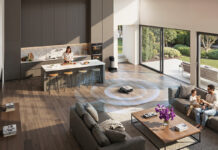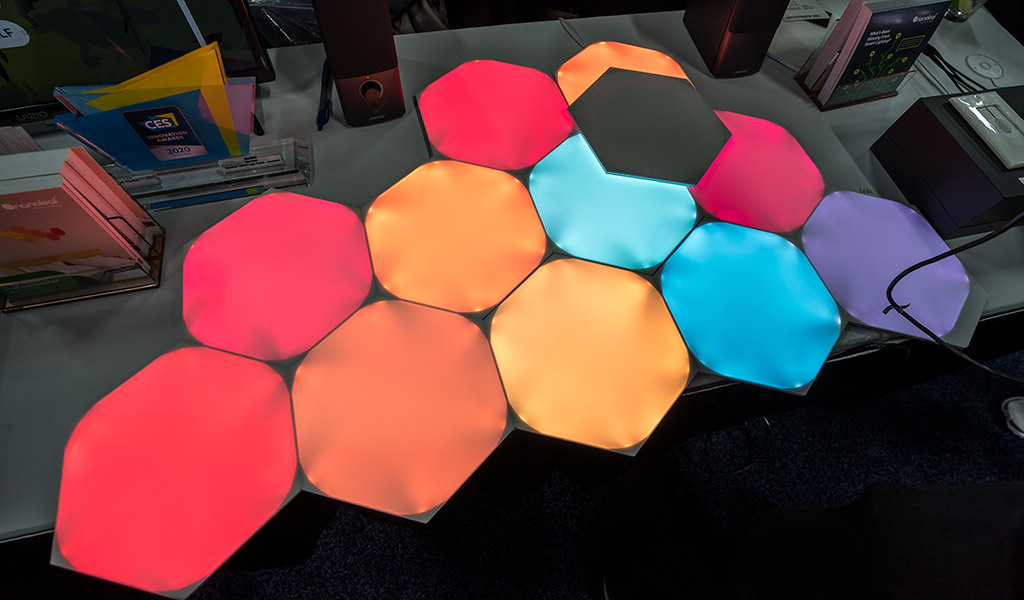
First there were triangles, then squares, and now hexagons. Nanoleaf evolves its light panels to a new shape aiming to change the way light feels at home.
The Canadian company has made waves (almost literally) with its unique take on wall-based lighting. The smart lights were initially conceived as a means to add ambient and dynamic lights to any room, and that focus remains the same. But beyond adding a new shape, there’s more to come.
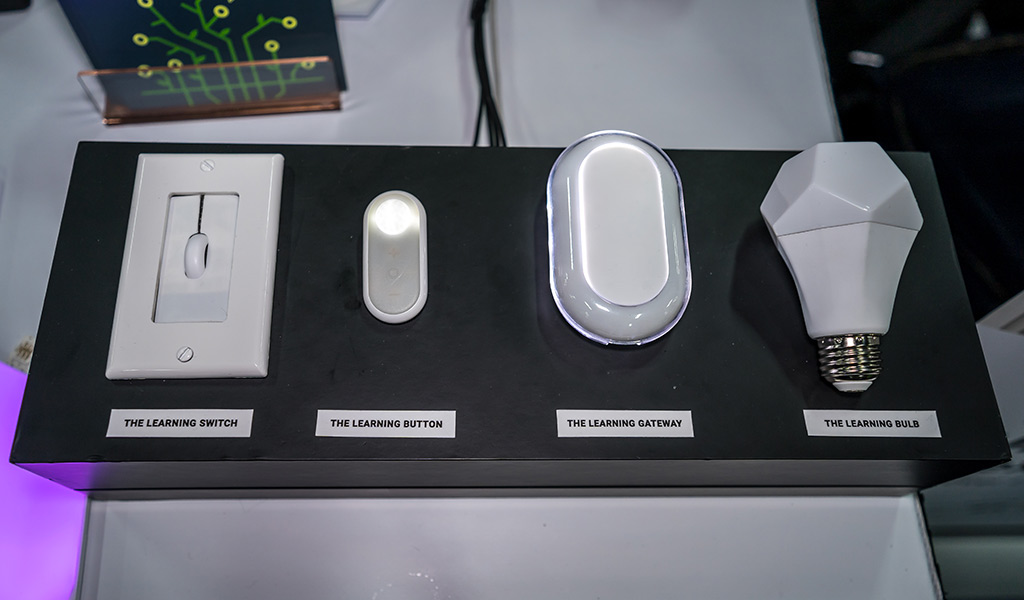
Lighting it up
In a nutshell, it wants to make the panels smarter and more intuitive. To do so, it is pursuing something it calls “Learning Series” using a technology called “U-IQ” to implement it. Basically, there are a few supporting devices, like a switch, buttons, and a gateway, that would help the panels learn where you go in your home.
The lights would dynamically react to where you move. One example given to me was going to the washroom at night, where the lights might light up to illuminate the path to get there. Another might be if you arrived home and they lit up to your presence.
Natural light also plays into this, where the panels will adapt to however much light comes in. This could be simulating a sunrise or sunset at the appropriate times of the day or night, or brightening up as day turns to night.
Much of this is still unproven, and Nanoleaf couldn’t say whether it would be tied to weather or location data to approximate when the lights should spring into action. It appears a manual option to automate the panels for certain times is fine (and is already possible through Google Assistant or Alexa, for instance). But a dynamic lighting scenario based on third-party data will be interesting if the company does it.
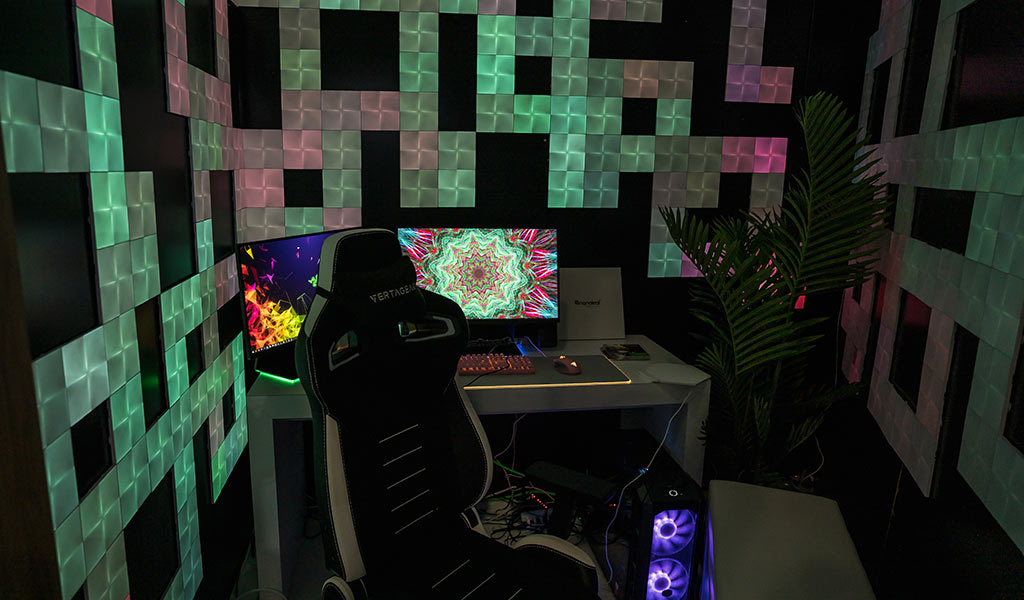
Smarter action
What would be cool is if the lights respond to content on a screen. That’s exactly the plan with a feature called “Screen Mirror.” This is actually a distinct app Nanoleaf is working on that would emulate the colours from a PC in real-time to add an ambient effect. There was a gaming demo at the booth showing that very thing.
Don’t expect it to be immediately ready for game consoles or TVs, though. Nanoleaf will be working on that to launch sometime this year. That would bring the same effect to movies, TV shows, and console games. They told me to stay tuned, so we shall see.
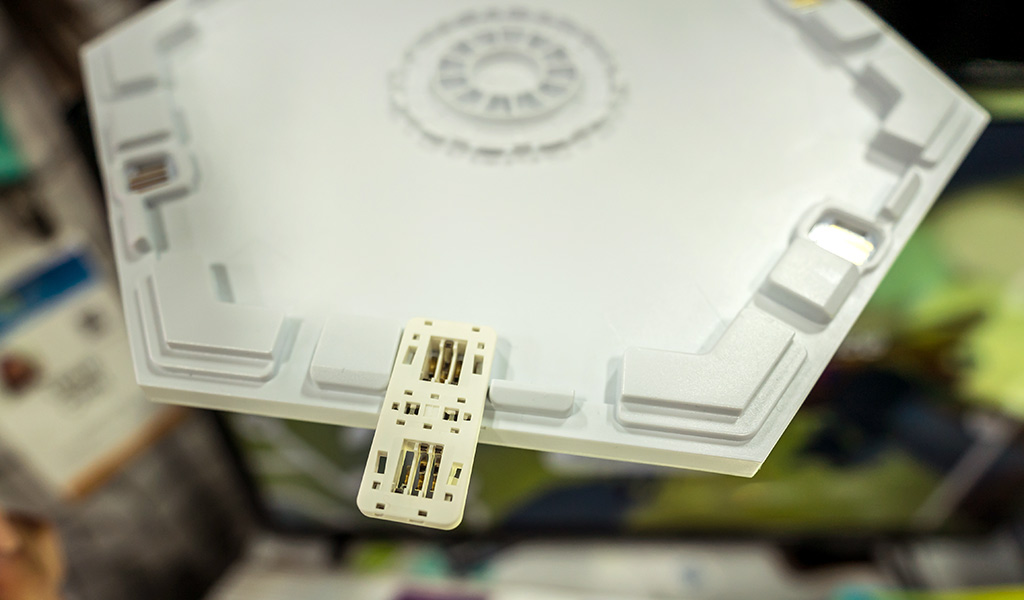
Hexagonal aptitude
The hexagonal panels are lighter and less restrictive than their triangle predecessors. Not only do you get more surface area for the light to shine through, you also get better connectors that lock into place more efficiently.
These are also touch-sensitive, so they can react and change based on the setting and when you touch them. They aren’t interchangeable with the previous panels, so if you are going to set them up, you will have to do it separately from the triangles (Aurora) or squares (Canvas).
Still, the panels are nice to look at and worth considering if you want to change up how you light up your own home. Look for these to come out in the summer.
Visit Best Buy in store or online for all your Smart Lighting needs.

